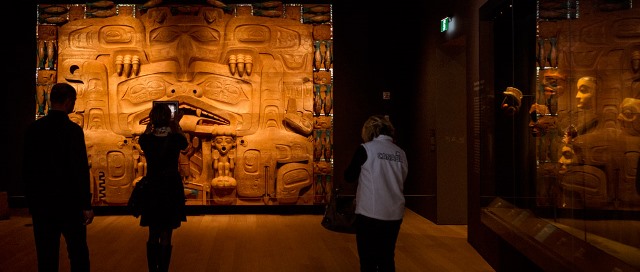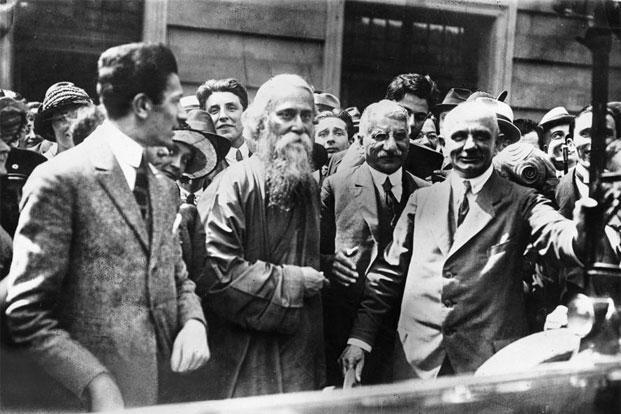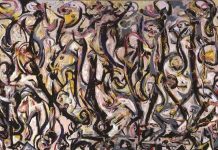Art history is effective in telling us about the historic context in which a piece of art was published but can it also deprive us of the opportunity of appreciating its creative flow?
Sujit Madan is an Artist and Writer- based in Bhopal.
Is art only about aesthetics? A painting hung on the wall and a sculpture resting on the table are beauty objects but do they have a function that transcends this aesthetic aspect?

Fine and decorative arts, their styles and iconography, have been studied for attaining insight into the politics, religion and social obsessions of the times in which they were created. It is believed that through an understanding of art we can understand the kind of context and culture that it was produced in. When art history is understood only as a date wise progression of events then it tends to lose its fascination however when it claims that art has a symbolic value, and visual artefacts represent important attitudes and realities of the society in which they were produced, then it attains a very fascinating nature.
The idea that art could be understood as much more than a visually beautiful object was initially placed forward during the time of Enlightenment in Europe. In a famous work by Winckelmann called the History of the Art of Antiquity, published in 1764 it was reasserted that art had a greater function apart from creating a positive experience in the viewer’s mind.
For Winckelmann, art was conceived, not just as a category of visual representations that provoked pleasurable responses, but as a medium that helped us in defining ourselves and our engagement with the material world. The great thinker Hegel’s said that Winckelmann had been engaged in the process of understanding art and in the process had invented a ‘new organ of the human spirit’. Art historians have argued that a collection of antiquities, categorized according to place and date of origin, would provide an understanding of the context and time in which they were created. It is argued that understanding a period in history such as the Renaissance can be enabled by carefully understanding the art created at that time and the same holds true for a period such as Modernism. But it is also important to acknowledge the fact that an art piece within the abstract genre can explain about its moment in a very symbolic fashion. If the history of art has encouraged a characterisation of general history into various periods, specialised studies of art offer concrete insights into the greater social and political aspects, or the prevalent day-to-day attitudes and ways of life of this time.
Contemporary art criticism is of critical significance to the study of nineteenth-century painting, since it played a great role in mediating between works of art and the people who viewed them.
It is in the negotiation between the artist and the critic, between the presentation of art forms and the fashion in which they are received, that one must seek evidence for the meanings which a work of art conveyed, or wanted to convey, to its viewers.
Criticism cannot give us direct access to the paintings, for it has its own history and context. It is by engaging in a detailed comparative analysis of the paintings that we can focus closely on the distinctive characteristics they presented in their original contexts.
The understanding of art history enables us to contextualise art as more than a piece of beautiful creative expression and make sense of it within the greater context in which it was made. It can also be effectively used as a source of understanding diverse cultures and systems of life. It must also be reasserted that due to academic pursuit we cannot overlook the creative effort of the artist and be constrained by the historical relevance of the piece of art. We have to create a holistic vision of relating to art that allows us to go into its depths and appreciate the creative talent of the person who generated it.
***














